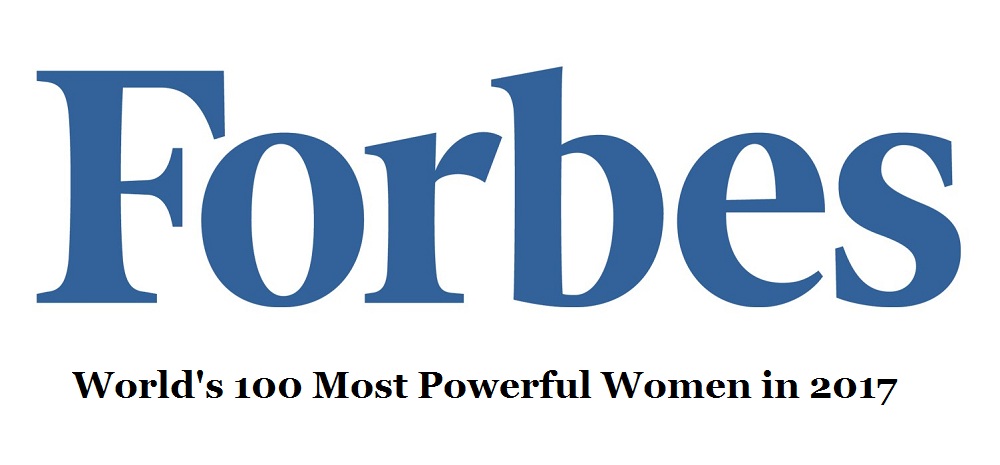Chanda Kochhar Is The Most Powerful Woman In India; WEF Says 66% Indian Women Work Unpaid
Despite having 5 Indian women in the top 100 list, it is indeed a shame that women are treated this way.

Forbes has just released their list of the World’s most powerful women, and 5 Indian women have made it in the top 100.
At the same time, WEF has released their gender pay report, and ironically, the report finds that 65% of women’s work remains unpaid in India.
Two contrasting reports, and two extreme truths.
Is it a proud moment for all Indians or a shameful one?
Women Power: Chanda Kochhar, Priyanka Chopra Lead
ICICI Bank chief executive officer (CEO) and managing director (MD) Chanda Kochhar has been hailed as the most powerful woman in India, as per Forbes’ Most Powerful Women list.
She has been ranked at #32nd, while following her is HCL Corp. CEO Roshni Nadar Malhotra at #57, who is the only child of HCL’s founder, Shiv Nadar.
Priyanka Chopra, the dashing ex-Miss World and Bollywood actress, who shifted to Hollywood since last few years, has been ranked at #97. Forbes describes her as “the most successful Bollywood actor to cross over to Hollywood”
Besides, Kiran Mazumdar-Shaw, founder and chairperson, of Biocon is ranked at #71, while Shobhana Bhartia, chairperson and editorial director for HT Media, has been ranked at #92.
PepsiCo CEO Indra Nooyi, who is an Indian-origin woman, has been ranked at #11, while Indian American Nikki Haley is ranked #43.
German Chancellor Angela Merkel, is the most powerful women in the world, for the 7th consecutive year, and 12 times in total. UK Prime Minister Theresa May is at #2, followed by Melinda Gates, co-chair of the Bill and Melinda Gates Foundation at #3.
Facebook chief operating officer (COO) Sheryl Sandberg is the 4th most powerful woman, and General Motors CEO Mary Barra is at #5.
The list covers 4 metrics: money (either net worth, company revenues, assets, or GDP); media presence; spheres of influence and impact, analysed both within the context of each woman’s field (media, technology, business, philanthropy/NGOs, politics, and finance).
Find the full ranking here.
WEF: 66% Of Women’s Work Upaid
Meanwhile, challenging the optimism of Forbes Report is World Economic Forum, which has stated that 66% of Indian women’s work remains unpaid in India.
These stats were revealed in the WEF Global Gender Gap Report 2017, which highlights the discrimination faced by Indian women in work environment.
And despite having 5 Indian women in the top 100 list, this is indeed a shame that women are treated this way, in India.
As per WEF, unpaid work is the measure of average minutes spent per day on routine housework care for care home members, shopping, travel and other routine housework, shopping, care for household members, care for non-household members volunteering, travel related to household activities and other unpaid activities for men and women aged 15-64 years.
The report said,
“While much of this imbalance is explained by the discrepancy in care-giving and unpaid work, institutional and policy inertia, outdated organisational structures and discrimination, one additional explanatory factor is the skills differentials in the types of degrees women and men seek out in their education,”
While 66% of women’s work is unpaid, it is 12% for men in India.
In China, 44% of women’s work goes unpaid, while in USA, it is 505%.
As per the report, globally, a woman earns $12000 per year and men earn $21000.
You can find the complete report here.

If household routine is ‘unpaid’ work, the I suppose men should also be paid for being the bodyguard, butler, errand boy and caretaker. On top of it they are supposed to earn and feed the family. This is nothing but a misguided feminist trope wherein all work done by women is calculated in monetary terms but none of the work by men is accounted for. I say BS!